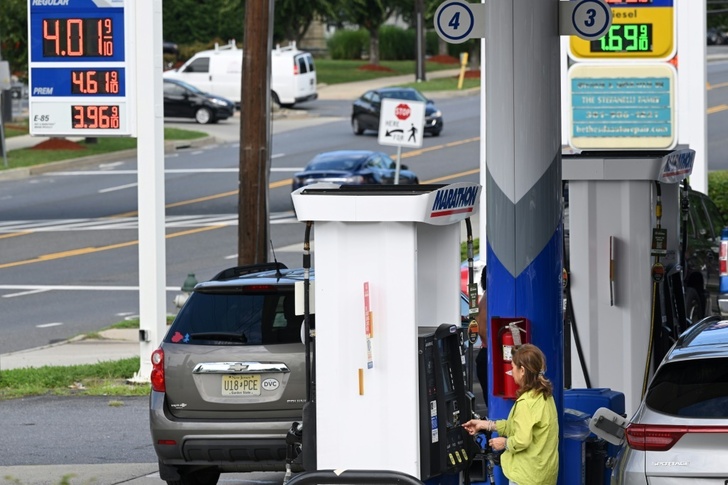A closely-watched measure of US inflation showed the annual pace of price increases slowed slightly in August as energy costs fell and increases in food costs eased, according to government data released Friday.
But while the data moved in the right direction, it may not provide much comfort to President Joe Biden or the Federal Reserve since inflation remains at the highest level since the early 1980s.
The Fed's preferred inflation measure, the personal consumption expenditures (PCE) price index, increased 6.2 percent from August 2021, down slightly from the pace in July and from the 7.0 percent peak in June, the Commerce Department reported.
Inflation picked up speed last year and has accelerated this year as global supply chain snarls and worker shortages pushed prices higher -- factors worsened by Russia's war on Ukraine, which sent food and energy prices soaring worldwide.
Energy prices increased 24.7 percent over the past year while food prices are up 12.4 percent, the report showed.
The Fed focuses on the PCE price index as it reflects consumers' actual spending, including shifts to lower cost items, unlike the more well-known consumer price index (CPI), which also slowed in August from the blistering 9.1 percent rate in June -- the highest in 40 years.
The Fed has raised interest rates aggressively this year to try to cool demand and tamp down inflation pressures, and officials have said more increases are coming before the year is out.
However, the report may not provide much comfort to central bankers as it showed widespread increases in goods and services prices, beyond the volatile food and energy components.
Excluding food and energy, the "core" PCE price index for August increased 4.9 percent from one year ago, accelerating faster than in July.
"The big and unwelcome surprise here is the overshoot in the core PCE," said Ian Shepherdson of Pantheon Macroeconomics.
While "it's not as bad as it looks ... appearances count, and this does not look good," he said, predicting a fourth straight three-quarter point Fed interest rate hike in November.
Compared to the prior month, the index rose 0.3 percent, rebounding after a slight dip in July, while the core PCE jumped 0.6 percent, the report said.
The data also showed household spending increased 0.4 percent in the month, after falling in July, although economists say the trend is slowing.
hs/st
© Agence France-Presse
Your content is great. However, if any of the content contained herein violates any rights of yours, including those of copyright, please contact us immediately by e-mail at media[@]kissrpr.com.
Source: Story.KISSPR.com

